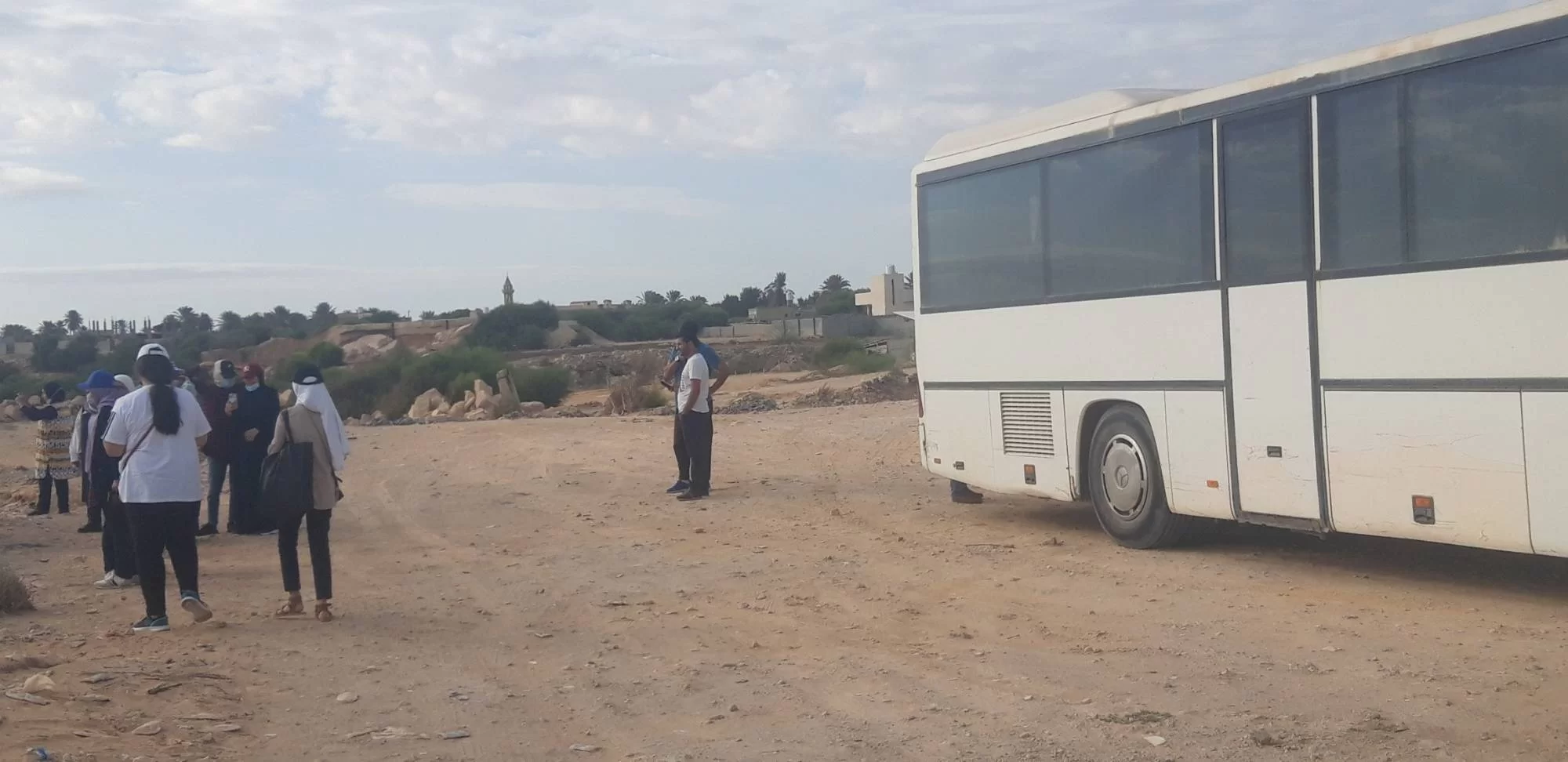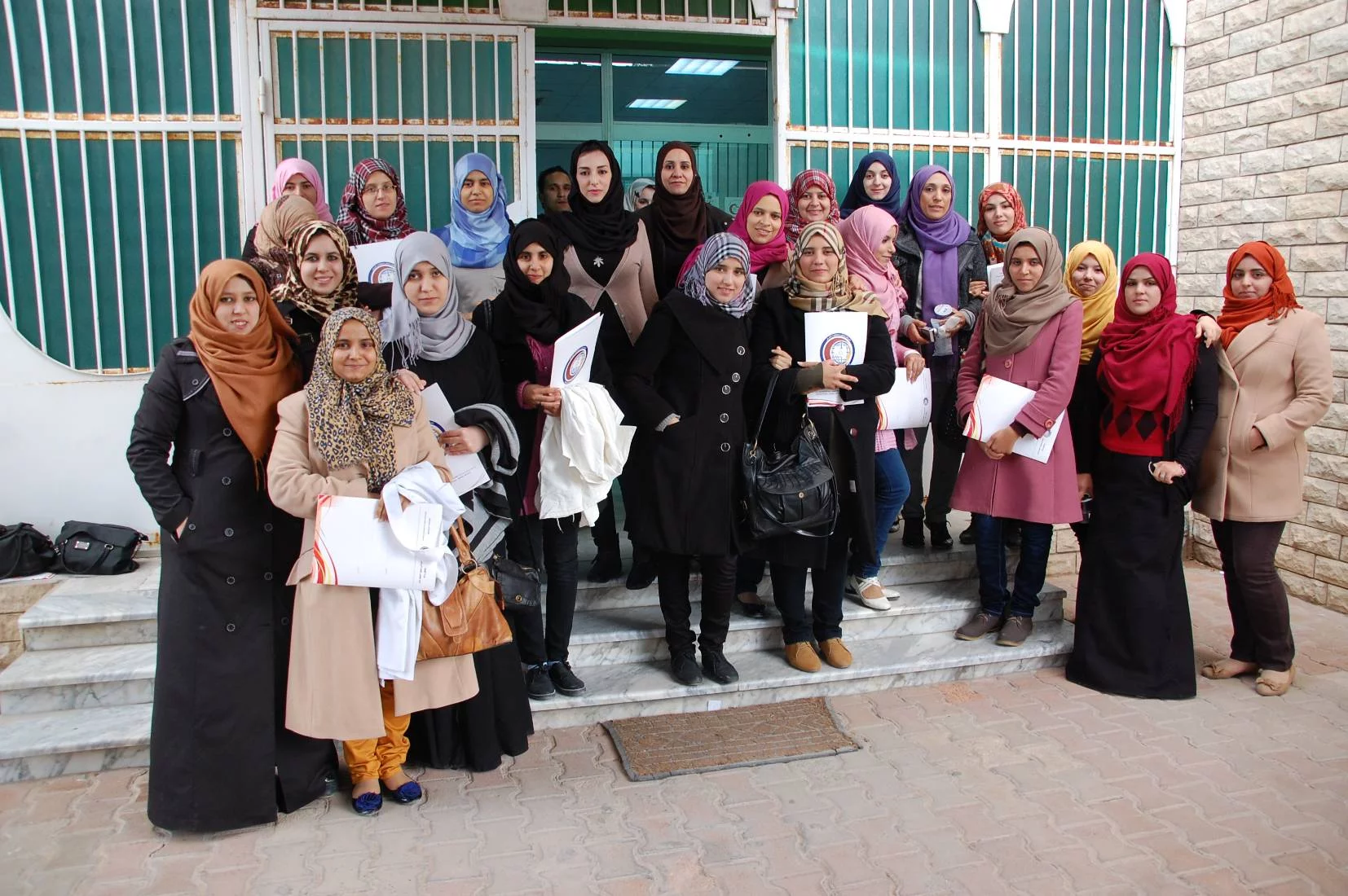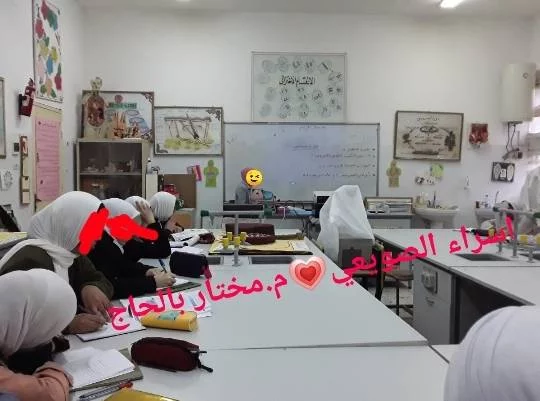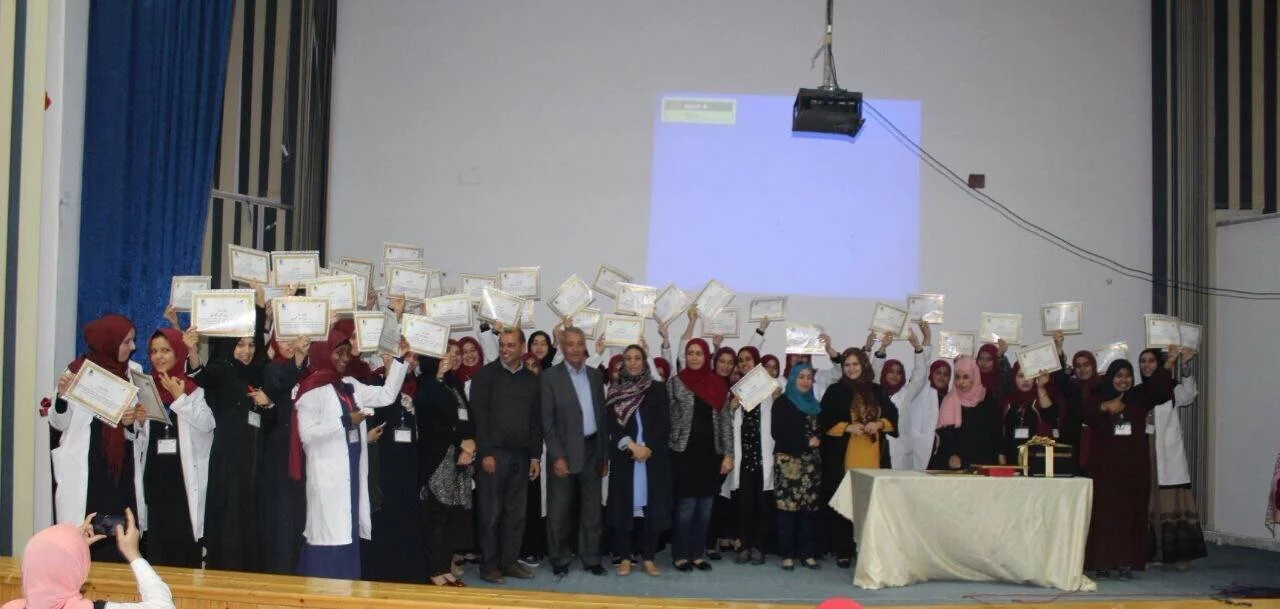Department of Biology
More ...About Department of Biology
Facts about Department of Biology
We are proud of what we offer to the world and the community
14
Publications
16
Academic Staff
299
Students
0
Graduates
Who works at the Department of Biology
Department of Biology has more than 16 academic staff members

Mr. Fadwa Jamaledden Mustafa Kamel Mahanay
Department of Biology - faculty of Education Tripoli

Dr. Abdulmula Abdumagid Alhadi Hamza
Department of Biology - faculty of Education Tripoli

Mr. sarah abedalaziz ibrahim ben zeglam
سارة بن زقلام هي احد اعضاء هيئة التدريس بقسم الاحياء بكلية التربية طرابلس. تعمل السيدة سارة بن زقلام بجامعة طرابلس كـمحاضر من 2018 ولها العديد من المنشورات العلمية في مجال تخصصها













